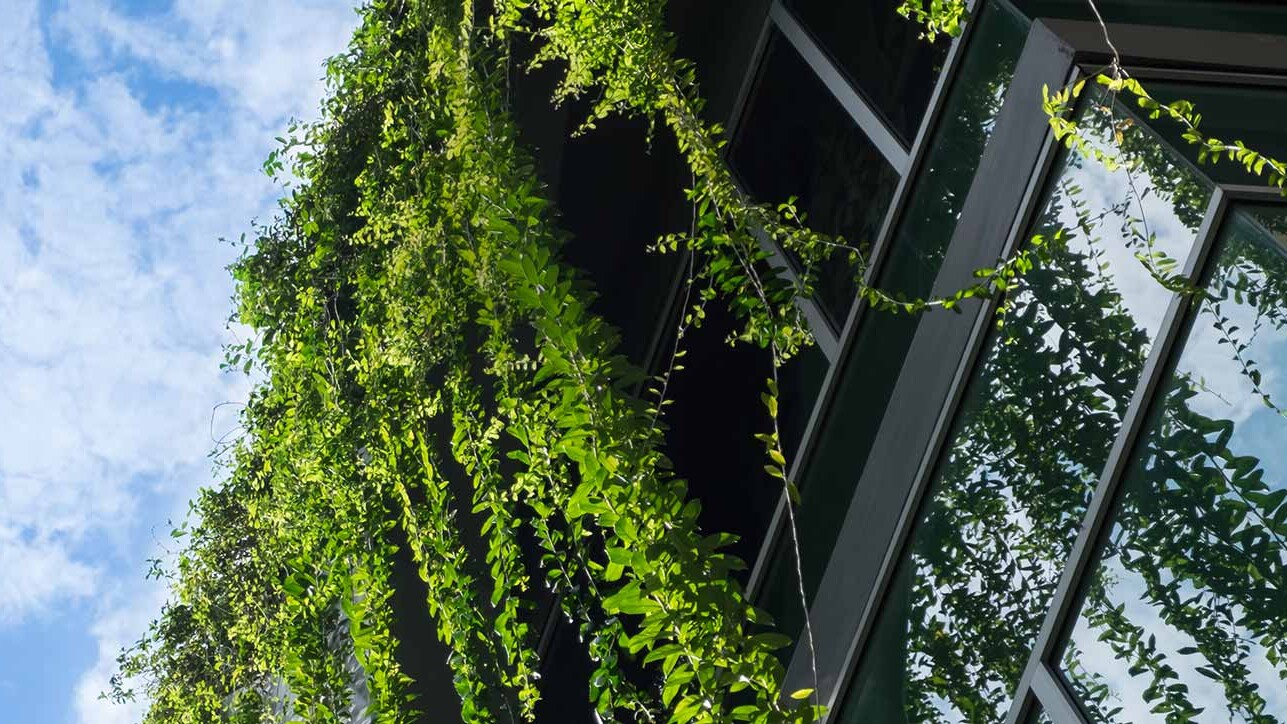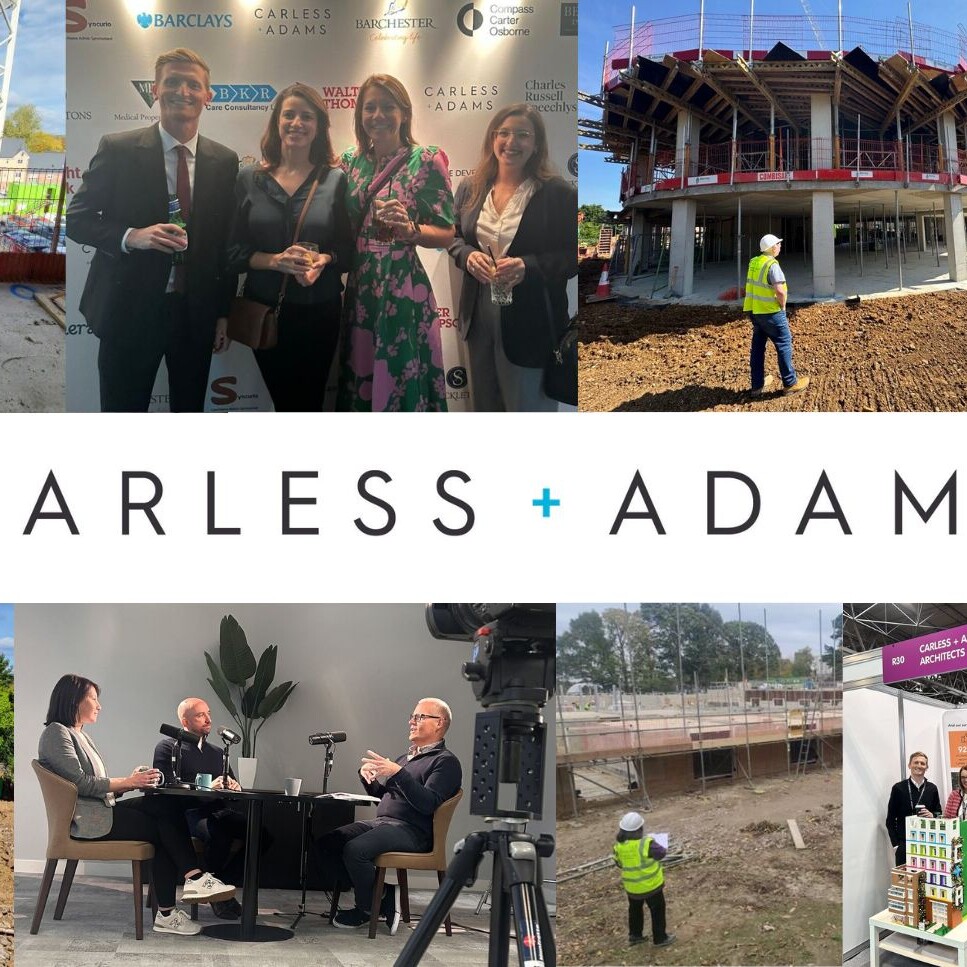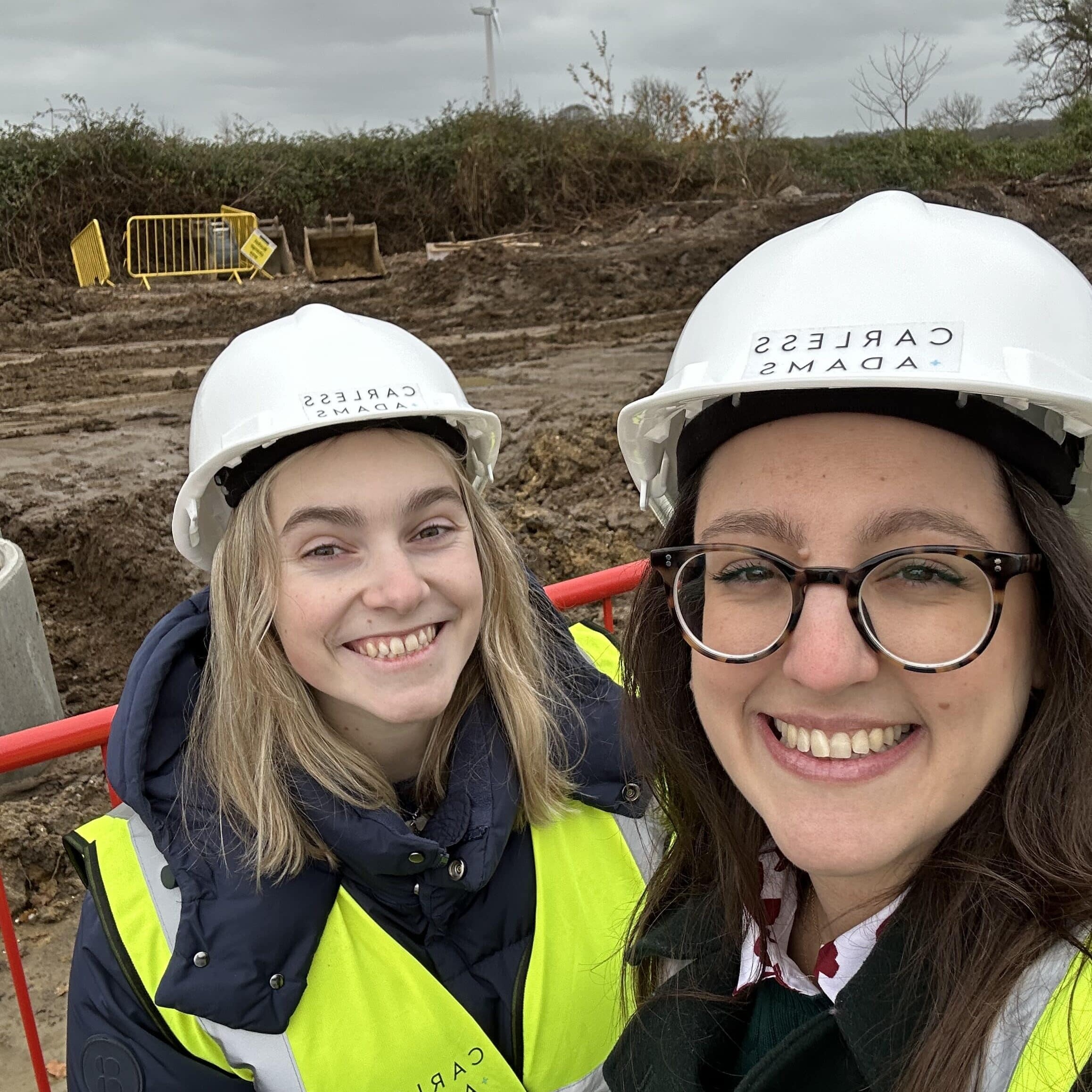Why sustainability needs to be high on the agenda in the care sector
The world is rapidly changing and we all need to act and help solve the climate emergency on our hands. The construction industry often comes under fire for not being sufficiently proactive in addressing issues relating to sustainability, however expert knowledge in architectural design, technological developments - plus newly discovered and invented materials and methodologies - can prove this as incorrect. These developments can actually promote a wider learning around lean, clean and green construction. This agenda is not going away so we need to discuss it, recognise the opportunities and threats, and understand any implications for care in terms of realistic costs and developments.
The world is rapidly changing and we all need to act and help solve the climate emergency on our hands. The construction industry often comes under fire for not being sufficiently proactive in addressing issues relating to sustainability, however expert knowledge in architectural design, technological developments – plus newly discovered and invented materials and methodologies – can prove this as incorrect. These developments can actually promote a wider learning around lean, clean and green construction. This agenda is not going away so we need to discuss it, recognise the opportunities and threats, and understand any implications for care in terms of realistic costs and developments.
More needs to be actioned in the sector by embracing new advancements, and the care industry could be a driver in these initiatives. It is a moveable feast as new discoveries are made and embraced. Change is always good! Public knowledge, subsequent action around sustainability and the changes that we as individuals, companies and countries make are truly powerful. It is literally ‘people power’ that will help influence these changes and provide recognition that this is the chosen way forward.
Focussing on the design of an integrated retirement community or care home already takes into consideration so many external factors – topography, needs of the community, planning restrictions, listed or heritage status, green belts – that sustainability naturally follows suit. Carless + Adams was the first architecture practice in the UK to have a constructed design achieve PassivHaus certification4 and always build to BREEAM standards. Evidence based design takes into consideration these elements and the requirements with the ultimate goal being the success of the integrated retirement community and care home. It makes clear sense that we are designing to give residents their best possible lives, so why wouldn’t we design using experience and materials available to us in order to give them this? It is proven that the design, layout, look and feel of a care home or IRC has a direct impact on the residents experience and their overall health and wellbeing.
The UK has been slow over the years in recognising the importance that should be placed, and resources supplied, for the older generation. As architects we take learnings, experience and innovation from other countries whose elderly care can be far more advanced. These countries have tackled the challenges that we face so it makes sense to learn from them. By looking at what is happening around us and absorbing this, learning from it and enhancing our knowledge we can work together to create cost effective, sustainable care homes and IRCs for the benefit of residents and staff.
As sustainable choices and lifestyles becomes the norm, and as the wider provision of new technologies and methodologies is made, associated costs will reduce. Designing sustainably is without doubt the way we should all be working. Future proofing the design of a care home or IRC will contribute to how sustainable it is. Remember we are designing for future generations too… which includes us! That’s why we produced this white paper as we want sustainability to be firmly on the agenda as we all learn to investigate and try new methodologies.
Download our white paper.


